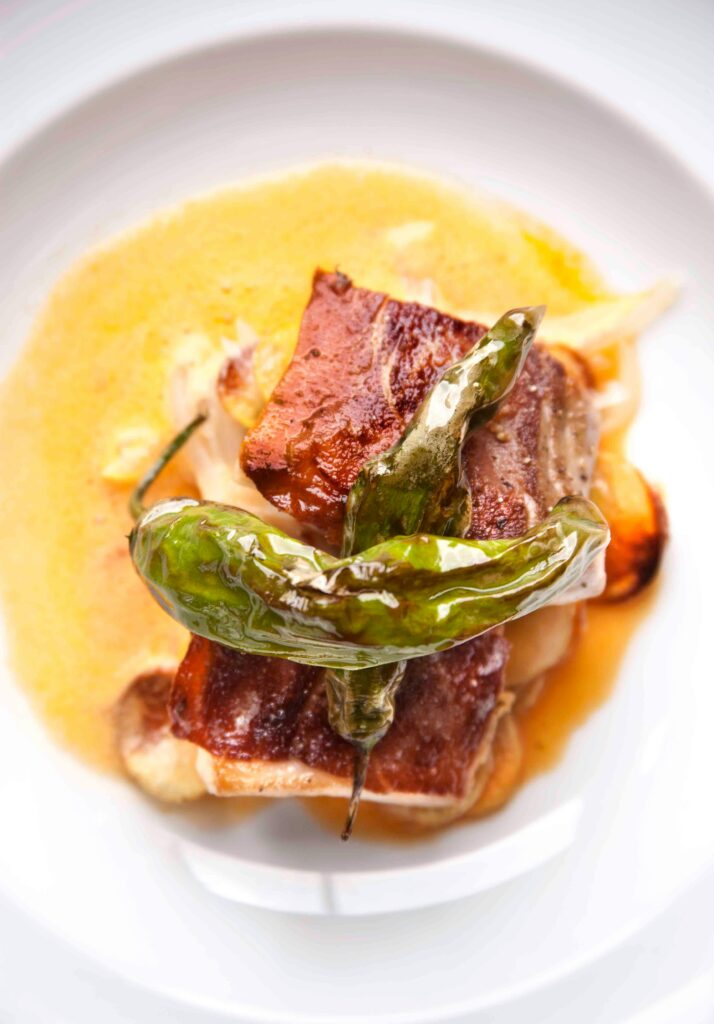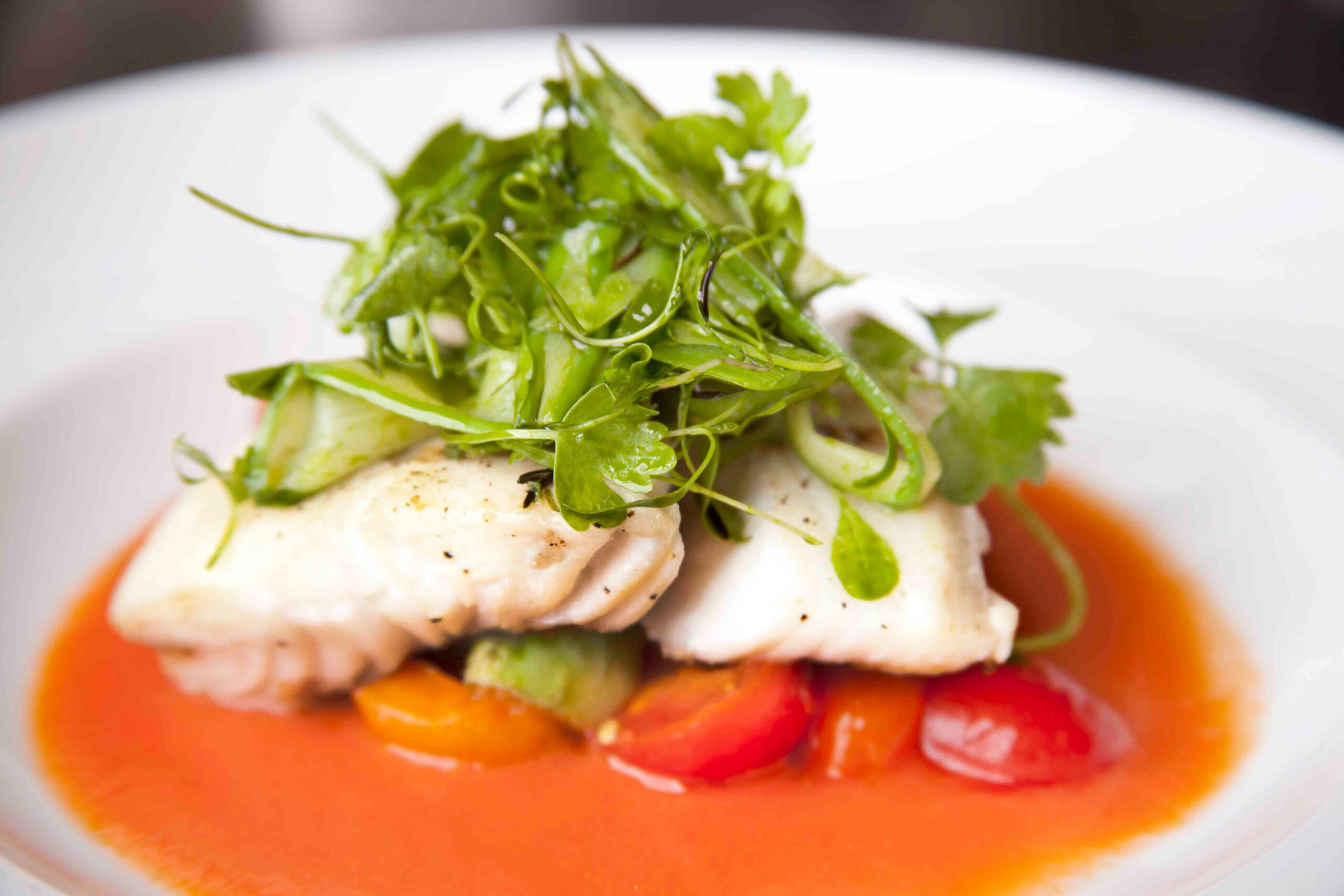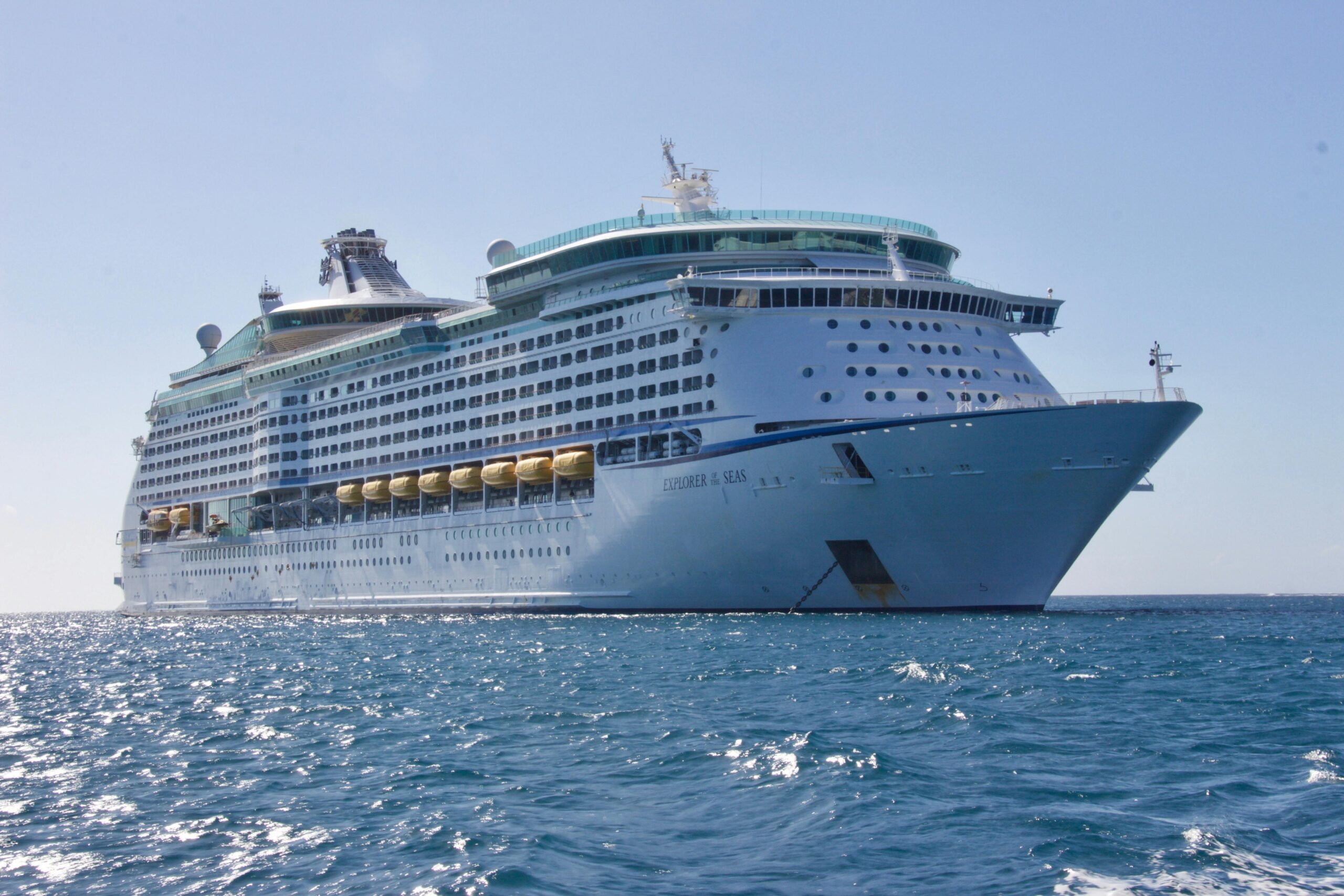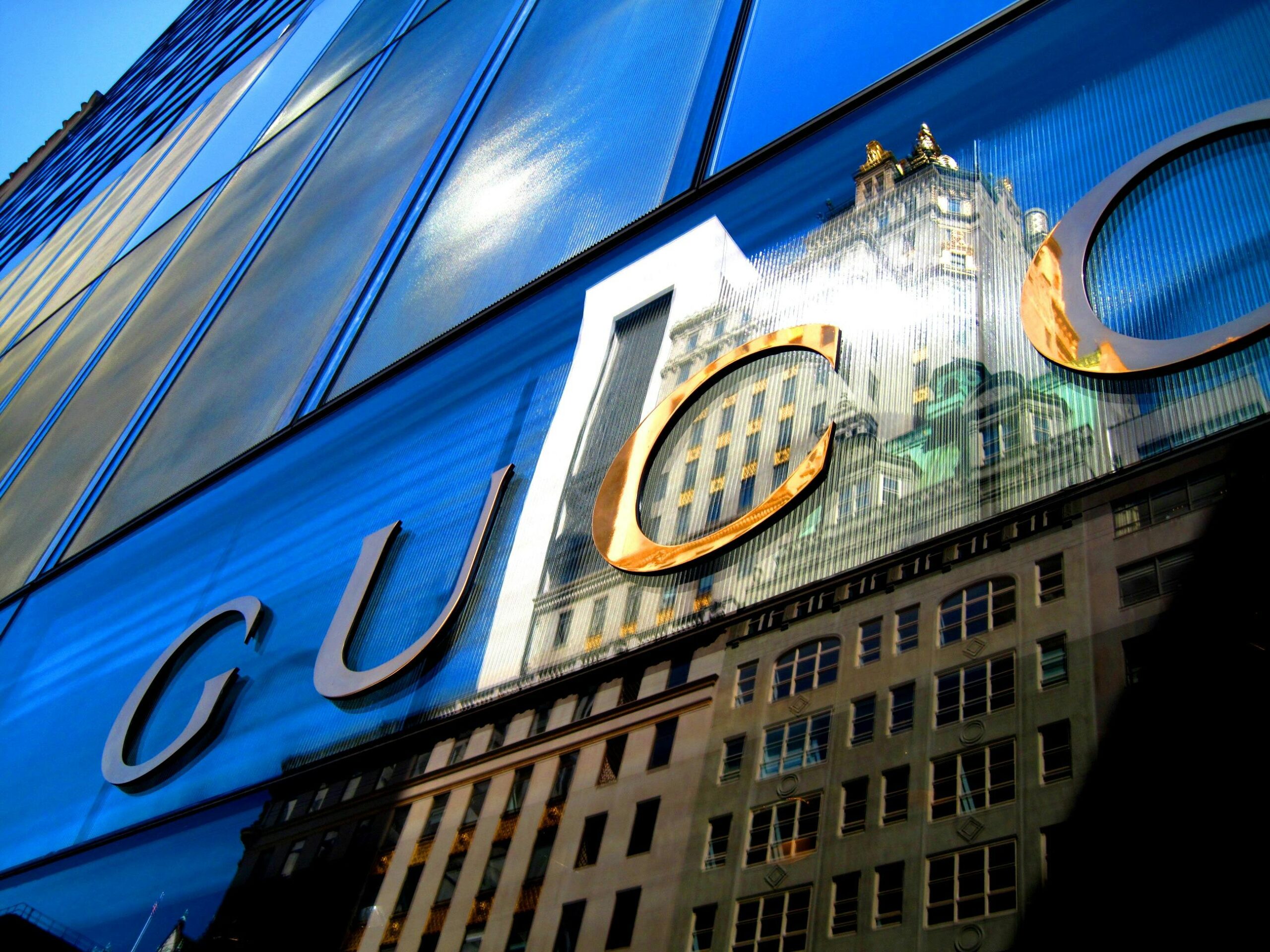Dining at Michelin-starred restaurants is a coveted experience that promises an extraordinary culinary journey. From the moment you step through the doors of these esteemed establishments, you are transported into a world where gastronomy meets artistry. The allure of Michelin-starred dining lies not only in the exquisite dishes served but also in the meticulous attention to detail in service and ambiance. In this article, we delve into the world of gourmet travel and explore the enchanting realm of dining at the best Michelin-starred restaurants around the globe.
History and origin of Michelin stars
The Michelin Guide, originally published by the French tire company Michelin, traces its origins back to the early 20th century. In 1900, the Michelin brothers, André and Édouard, decided to create a guidebook for French motorists, providing them with useful information such as maps, tire repair tips, and listings of hotels and restaurants. Over time, the guide evolved to include restaurant reviews, with a star rating system introduced in 1926.
Initially, Michelin stars were awarded based on the quality of food alone, with one star signifying “a very good restaurant,” two stars indicating “excellent cooking that is worth a detour,” and three stars reserved for “exceptional cuisine that is worth a special journey.” The guide aimed to promote travel and driving, encouraging motorists to explore new destinations and dine at noteworthy establishments along the way.
Criteria for Michelin stars
The criteria for awarding Michelin stars are notoriously secretive, with inspectors sworn to utmost confidentiality. However, certain factors are commonly believed to influence a restaurant’s chances of receiving stars. These factors typically include the quality of ingredients, culinary technique, creativity, consistency, and overall dining experience. Michelin inspectors, who are trained professionals with a background in the hospitality industry, visit restaurants anonymously to assess these elements impartially.
While there is no set checklist or formula for earning Michelin stars, chefs and restaurateurs understand the importance of maintaining high standards in every aspect of their operation. From the freshness and flavor of ingredients to the presentation of dishes and the attentiveness of service, every detail is crucial in impressing Michelin inspectors and securing coveted stars.
Importance and prestige of Michelin stars
The Michelin star rating system holds immense importance and prestige in the culinary world, often regarded as the ultimate accolade for chefs and restaurants. Earning even a single Michelin star can significantly elevate a restaurant’s reputation and attract discerning diners from around the globe. Restaurants with multiple stars are revered as culinary destinations, drawing food enthusiasts willing to embark on culinary pilgrimages to experience their exceptional cuisine.
The prestige associated with Michelin stars extends beyond culinary excellence, influencing everything from media coverage and customer perceptions to industry recognition and financial success. For chefs and restaurateurs, receiving Michelin stars is not only a validation of their talent and dedication but also a catalyst for further innovation and excellence. The pursuit of Michelin stars remains a driving force behind the continuous evolution and refinement of the culinary arts worldwide.
Culinary excellence and innovation
Dining at a Michelin-starred restaurant is an unparalleled experience, characterized by culinary excellence and innovation. Each dish is a masterpiece crafted with precision and passion, showcasing the chef’s skill and creativity. From the selection of ingredients to the presentation on the plate, every aspect of the dining experience is carefully curated to delight the senses and evoke culinary delight.
Michelin-starred chefs are known for pushing the boundaries of gastronomy, experimenting with flavors, textures, and techniques to create dishes that are both delicious and visually stunning. Guests can expect to encounter unexpected flavor combinations, intricate plating designs, and innovative cooking methods that challenge traditional notions of cuisine.
At the heart of every Michelin-starred restaurant is a commitment to excellence, with chefs and their teams tirelessly striving to exceed expectations and deliver a truly unforgettable dining experience. Whether it’s the perfect balance of flavors in a tasting menu or the meticulous attention to detail in every dish, diners can expect nothing short of culinary perfection when dining at a Michelin-starred establishment.
Attention to detail in service and ambiance
In addition to culinary excellence, Michelin-starred restaurants are renowned for their impeccable service and attention to detail in ambiance. From the moment guests step through the door, they are greeted with warmth and hospitality, ushered into an environment designed to elevate the dining experience to new heights.
Service at a Michelin-starred restaurant is seamless and unobtrusive, with staff anticipating guests’ needs and preferences before they even arise. Every interaction is characterized by professionalism and courtesy, creating a welcoming atmosphere that allows diners to relax and fully immerse themselves in the culinary journey ahead.
Ambiance plays a crucial role in shaping the overall dining experience at a Michelin-starred restaurant, with careful consideration given to every aspect of the dining space, from lighting and decor to table settings and music. Whether it’s an intimate candlelit dinner or a lively gastronomic event, Michelin-starred restaurants offer a range of dining environments to suit every occasion and mood.
Unique dining experiences and concepts
What sets Michelin-starred restaurants apart is their ability to offer unique dining experiences and concepts that captivate the imagination and ignite the senses. From themed tasting menus to immersive culinary adventures, these establishments are constantly innovating and reinventing themselves to surprise and delight their guests.
Diners can expect to encounter a diverse array of dining concepts at Michelin-starred restaurants, from intimate chef’s tables and exclusive private dining experiences to avant-garde pop-up events and collaborative guest chef dinners. Each experience is carefully curated to showcase the chef’s creativity and showcase the best of their culinary prowess.
Whether it’s dining in a historic landmark, a hidden garden oasis, or a futuristic gastronomic laboratory, Michelin-starred restaurants offer a world of possibilities for culinary exploration and discovery. With each visit, guests are invited to embark on a culinary journey unlike any other, where every bite tells a story and every moment is savored.
Overview of Michelin-starred restaurants in various countries
Michelin-starred restaurants are scattered across the globe, representing a diverse array of culinary traditions and gastronomic experiences. From bustling metropolises to quaint countryside villages, these establishments can be found in countries spanning every continent, each offering its own unique interpretation of fine dining excellence.
In France, where the Michelin Guide originated, you’ll find a concentration of Michelin-starred restaurants in cities like Paris, Lyon, and Bordeaux, as well as in picturesque regions like Provence and Alsace. French cuisine, known for its emphasis on fresh, seasonal ingredients and meticulous preparation, continues to hold sway in the world of haute cuisine.
Italy boasts a rich culinary heritage and is home to numerous Michelin-starred restaurants, particularly in cities like Rome, Florence, and Milan. Italian cuisine, with its emphasis on simplicity, quality ingredients, and bold flavors, has captivated the hearts and palates of diners around the world.
In Japan, where precision and craftsmanship are revered, Michelin-starred restaurants abound, particularly in culinary capitals like Tokyo, Kyoto, and Osaka. Japanese cuisine, known for its focus on pristine ingredients, elegant presentation, and meticulous attention to detail, offers a culinary experience unlike any other.
Other countries with a notable presence of Michelin-starred restaurants include the United States, Spain, the United Kingdom, and Germany, among others. Each country brings its own culinary traditions and innovations to the table, resulting in a global tapestry of flavors and dining experiences for food enthusiasts to explore and savor.

Highlighting some of the most renowned Michelin-starred restaurants
While there are countless Michelin-starred restaurants worthy of recognition, a few stand out as true culinary icons, revered for their innovation, creativity, and unwavering commitment to excellence. Among them is El Celler de Can Roca in Girona, Spain, renowned for its avant-garde approach to Catalan cuisine and its inventive use of local ingredients.
Per Se in New York City is another standout, helmed by acclaimed chef Thomas Keller and celebrated for its impeccable service and flawlessly executed tasting menus. Meanwhile, Osteria Francescana in Modena, Italy, captivates diners with its inventive interpretations of traditional Italian dishes and its playful approach to fine dining.
In France, Alain Ducasse au Plaza Athénée in Paris continues to dazzle diners with its sophisticated French cuisine and its luxurious dining experience, while Mirazur in Menton delights guests with its innovative use of Mediterranean flavors and its stunning seaside location.
These are just a few examples of the top Michelin-starred restaurants around the world, each offering a culinary journey that is as memorable as it is delicious. Whether you’re craving classic French cuisine, innovative Japanese dishes, or modernist interpretations of traditional favorites, there’s a Michelin-starred restaurant waiting to take you on an unforgettable gastronomic adventure.
Making reservations
Securing a reservation at a Michelin-starred restaurant can be a competitive endeavor, especially for popular establishments with limited seating. It’s advisable to plan well in advance and book your table as early as possible, particularly for special occasions or peak dining times. Many Michelin-starred restaurants offer online reservation systems, allowing guests to conveniently book their tables with just a few clicks. Alternatively, you can try calling the restaurant directly to inquire about availability or to join a waiting list for cancellations. Flexibility with your dining dates and times can increase your chances of snagging a coveted reservation at your desired restaurant.
Dress code and etiquette
When dining at a Michelin-starred restaurant, it’s important to adhere to the establishment’s dress code and etiquette guidelines. While the specific requirements may vary depending on the restaurant, most Michelin-starred establishments uphold a formal or semi-formal dress code, requiring guests to dress tastefully and appropriately for the occasion. This typically means avoiding casual attire such as jeans, shorts, and sneakers, and opting instead for smart-casual or formal attire. Additionally, it’s essential to observe proper dining etiquette throughout your meal, including using utensils correctly, refraining from loud or disruptive behavior, and showing appreciation for the culinary experience provided by the restaurant staff.
Budget considerations
Dining at a Michelin-starred restaurant is undoubtedly a luxury experience, and it’s important to consider your budget before making a reservation. While prices can vary widely depending on the restaurant’s location, reputation, and menu offerings, it’s not uncommon for a meal at a Michelin-starred establishment to be significantly more expensive than dining at a non-starred restaurant. In addition to the cost of food and drinks, guests should also factor in additional expenses such as gratuity, taxes, and any supplemental charges for special menu items or wine pairings. Some Michelin-starred restaurants offer set menus or tasting menus at fixed prices, which can provide a more predictable dining cost compared to à la carte options. It’s advisable to review the restaurant’s menu and pricing information in advance and budget accordingly to ensure that your dining experience aligns with your financial expectations.
FAQs
Q. What is a Michelin-starred restaurant?
A. A Michelin-starred restaurant is a dining establishment that has been awarded one or more stars by the Michelin Guide, a prestigious gastronomic guidebook published annually by the French tire company Michelin. These stars are a symbol of culinary excellence and are highly coveted by chefs and restaurateurs worldwide.
Q. How are Michelin stars awarded?
A. Michelin stars are awarded by anonymous inspectors who visit restaurants and evaluate them based on a set of criteria, including the quality of the ingredients used, the skill and creativity of the chef, the consistency of the food, and the overall dining experience. Restaurants can receive one, two, or three stars, with three stars being the highest accolade.
Q. Are Michelin-starred restaurants expensive?
A. Yes, dining at Michelin-starred restaurants tends to be expensive due to the high-quality ingredients, skilled chefs, and meticulous attention to detail that are characteristic of these establishments. Prices can vary depending on the restaurant’s location, reputation, and the number of stars it has been awarded.
Q. How can I make a reservation at a Michelin-starred restaurant?
A. Reservations at Michelin-starred restaurants can often be made online through the restaurant’s website or via reservation platforms such as OpenTable. However, it’s important to book well in advance, especially for popular restaurants or during peak dining times, as tables can fill up quickly.
Q. What should I expect when dining at a Michelin-starred restaurant?
A. Dining at a Michelin-starred restaurant is an experience that typically involves impeccable service, exquisite presentation, and innovative culinary creations. Expect to be treated to a multi-course tasting menu showcasing the chef’s signature dishes, often accompanied by carefully curated wine pairings. The atmosphere is usually elegant and refined, with attention to every detail to ensure a memorable dining experience.
Q. Are there any etiquette rules I should follow when dining at a Michelin-starred restaurant?
A. While specific etiquette may vary depending on the restaurant and its cultural context, there are some general guidelines to keep in mind. Dress appropriately for the occasion, arrive on time for your reservation, and be respectful to the staff and fellow diners. Avoid using your phone excessively and follow any instructions or recommendations from the restaurant staff regarding dining etiquette or menu choices. Ultimately, the goal is to enjoy the culinary experience while showing appreciation for the craftsmanship and hospitality of the restaurant.
Conclusion
In the realm of gastronomy, dining at Michelin-starred restaurants remains the epitome of culinary excellence and luxury. From the meticulous craftsmanship of the dishes to the impeccable service and ambiance, every aspect of the experience is carefully curated to enchant and delight. As we conclude our journey through the world of gourmet travel, we encourage you to embark on your own culinary adventure and indulge in the unforgettable experience of dining at Michelin-starred restaurants. Whether it’s a once-in-a-lifetime splurge or a regular indulgence, the magic of Michelin-starred dining promises to leave a lasting impression on your palate and your soul.




